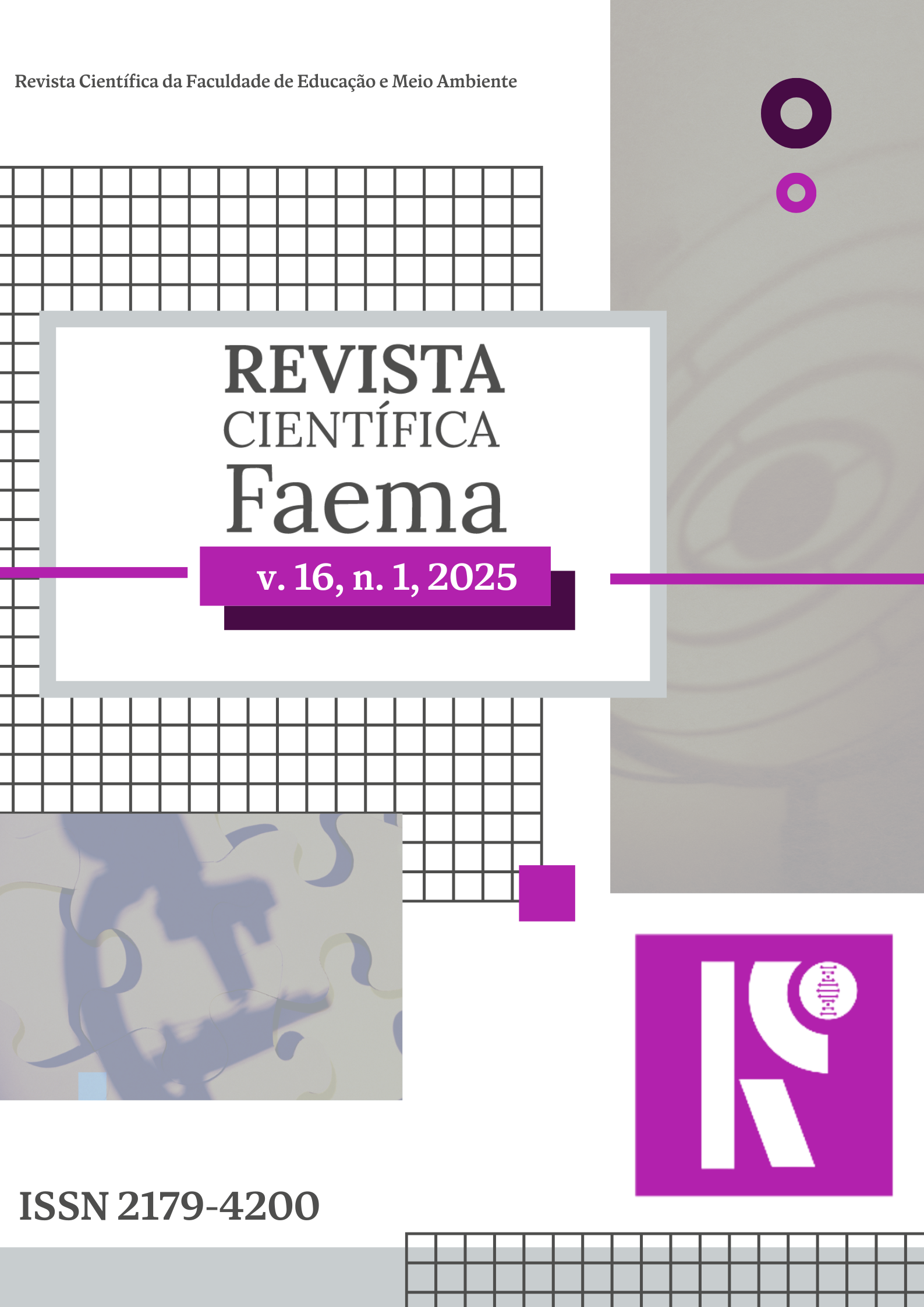TEACHING PREVENTION MEASURES AND CONTROL OF INFECTIONS RELATED TO HEALTHCARE FOR NURSING GRADUATES FROM THE TEACHER'S PERSPECTIVE
Main Article Content
Abstract
Healthcare-associated infections represent a significant public health issue. Among the primary factors contributing to these occurrences are the lack of adherence to guidelines regarding prevention and control measures for Healthcare-Associated Infections (HAIs), institutional disorganization, and a lack of continued education programs on the subject. This study aims to evaluate how the teaching of the topic of healthcare-associated infections is incorporated into the curriculum of nursing programs, from the perspective of the faculty. This is a descriptive-analytical study with a mixed-methods approach, conducted with 12 nurse educators from two Higher Education Institutions, one located in the state of Rondônia and the other in the state of São Paulo, considering undergraduate Nursing programs. A validated questionnaire, adapted for this study, was administered, consisting of open-ended questions about measures for the prevention and control of HAIs. The profile of the faculty was analyzed using descriptive statistics, and the responses to the open-ended questions were studied using Content Analysis as proposed by Bardin, allowing for the integration of qualitative and quantitative information for discussion. The results indicated that the faculty possesses a superficial understanding of healthcare-associated infections, and the content regarding measures for the prevention and control of HAIs is addressed during field practices, as outlined in the curriculum. The majority of faculty members believe that the subject should be included in the curriculum through a specific course focusing on measures for the prevention and control of HAIs. It is hoped that this study will contribute to identifying the aspects involved in HAIs and that institutions of higher education in health can incorporate these contents into their curriculum, optionally, especially in the education of undergraduate nursing students.


